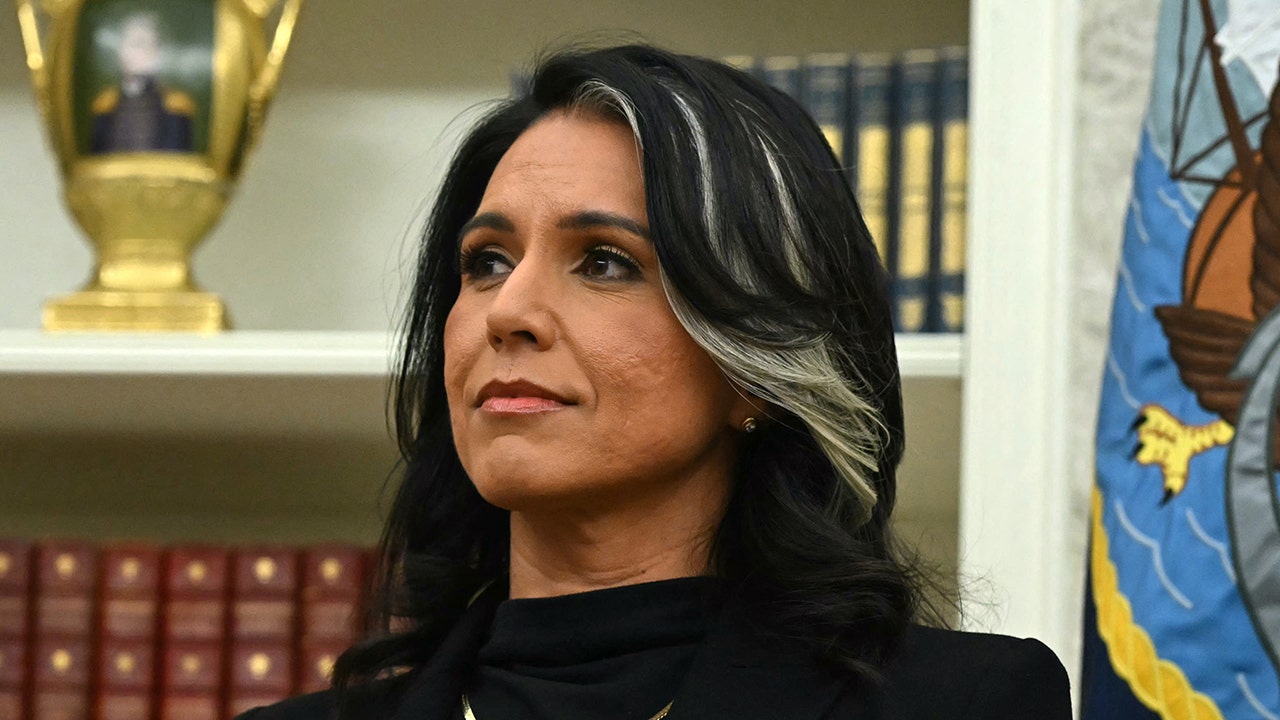Illinois
Brace for heat in the Illinois Valley – or for T-storms
:quality(70):focal(1445x844:1455x854)/cloudfront-us-east-1.images.arcpublishing.com/shawmedia/MWQNAYUAMRDBXBQKR2FR5ERL6A.jpg)
Have you read about the scorching temperatures that have baked the southern states this summer? Well, now it’s the Illinois Valley’s turn.
The 10-day forecast across northern Illinois looks rather toasty. The National Weather Service confirmed Saturday that, yes, the heat system that toppled records across the South now is headed east and will at least graze the Great Lakes region.
Forecasts are fluid and the ever-shifting 10-day outlook for Peru at one point showed highs of 99 degrees coming Thursday and Friday. As of Saturday, AccuWeather didn’t show the Illinois Valley reaching the century mark but did anticipate an uncomfortable span of hot days peaking Thursday at 95 degrees.
This could be 10 degrees above average
— Brett Borchart, senior meteorologist, National Weather Service
The Illinois Valley is going to be on the edge of this heat zone, however. Brett Borchardt, a senior meteorologist with the National Weather Service in Romeoville, said that could mean more variable temperatures or maybe thunderstorms. The region is as likely to reach for the umbrella as it is to adjust the thermostat.
“It’s a little too soon to say whether we’ll have a heat advisory or heat warning,” Borchardt said, “but this is a time period where we’ll have to watch closely.”
Judging from the call volume at one HVAC service provider, local folks already are watching the forecast and taking action.
“Yes, the phone has been ringing lately,” said Matt Krewer, manager of the HVAC department at Town & Country Services in Tonica and Princeton. “People see the heat coming and then they call us to be ready.”
Betty Glynn is watching the outlook more warily. She’s president of Cops 4 Cancer, which is holding a two-day fundraiser in Cedar Point starting Friday. Wilting heat might not lend to a successful outing.
“But in 20 years we’ve never been rained out and never – knock on wood – had to cancel because of weather,” Glynn said. “Somehow, somebody was watching over us and protecting us from weather events.”
So far, there are no indications of record-breaking heat ahead. Borchardt pointed out late July through early August typically bring the hottest temperatures of the year and what’s in store isn’t that much beyond the norm.
“I wouldn’t say it’s unusual,” he said, “but the average highs this time of year are typically in the mid-80s, so this could be 10 degrees above average.”
That warrants some preparation. Residents are reminded to wear light, loose-fitting clothes and stay hydrated with water rather than alcoholic beverages. With the Peru and Spring Valley hospitals still closed and not available as cooling centers, watch for announcements about city-sponsored places to beat the heat.
Residents are further advised to check on their elderly neighbors, who are more at-risk during extreme weather, as well as their pets.
Chris Tomsha, executive director of Illinois Valley Animal Rescue, urged pet owners to leave dogs home when running errands – never leave animals inside a parked car – and keep them sheltered with access to clear, fresh water.
“Just be cautious and use common sense,” Tomsha said.
Even if the forthcoming temperatures aren’t record-breaking, the weather could as come something of a shock after a decidedly mild summer.
Since Memorial Day, Peru has had a grand total of eight days with highs of 90 degrees or higher (peak temperature: 93 degrees, on June 3 and June 24), according to data kept by The Weather Channel.

Illinois
Illinois House passes legislation requiring more thorough background checks for police hiring after Sonya Massey killing

The Illinois House passed legislation on Thursday requiring more thorough background checks before police officers are hired, less than a year after a Sangamon County Sheriff’s deputy shot and killed Sonya Massey.
Massey was shot and killed last July by former Sangamon County Sheriff’s deputy Sean Grayson last summer inside her home near Springfield.
Grayson has been fired and charged with first-degree murder in Massey’s killing, and questions have been raised about why he was hired in the first place, given concerns about his conduct at past police jobs.
Grayson shot and killed Massey as she was checking on a pot of boiling water in her kitchen while saying “I rebuke you in the name of Jesus,” but prosecutors have said Grayson asked her to move the pot off the stove, and that she never posed a danger that justified the use of lethal force.
By a 101-12 vote on Thursday, the Illinois House approved legislation sponsored by state Rep. Kam Buckner (D-Chicago) that would require more comprehensive background checks before hiring police or other law enforcement officers in Illinois.
Law enforcement agencies would not be allowed to make a final job offer for police officers without first inspecting all of their prior employment records.
Anyone applying for a police officer job in Illinois would be required to authorize all previous employers, including other law enforcement agencies, to provide full employment records – including “duty-related physical and psychological fitness-for-duty examinations; work performance records,” and any criminal records or records of other investigations connected to their conduct on the job.
Before Grayson was hired in Sangamon County, questions about his conduct were well-documented by other police agencies. But those concerns were somehow never shared with the Sangamon County Sheriff’s office during the hiring process.
In his fifth police job, he refused to terminate a high-speed chase and drove more than 110 mph — only coming to an end when he hit a deer. A report from a department where Grayson was employed also said he struggled with report writing and was aggressive in his pursuit for drugs.
“It’s just sad that we had to have had a tragedy like this with the Sonya Massey murder to realize that we are doing things wrong,” said Buckner. “This is an opportunity to have some checks and some balances and some processes to make sure that we don’t find ourselves in the same position and situation that we did when Sean Grayson was hired.”
The legislation was passed unanimously by the Illinois Senate last month, and will go to Gov. JB Pritzker’s desk.
Grayson is scheduled to go on trial in October in Peoria County. The Illinois Supreme Court is weighing a request from Grayson to be released from jail ahead of his trial.
Illinois
Northern Illinois leaders consider reinstating grocery sales tax at local level

(WIFR) – Municipal leaders prepare for a taxation juggling act.
Starting January 1, 2026, Illinois will eliminate the 1% grocery sales tax. For DeKalb City Manager Bill Nicklas, that begins the juggle. He claims around $800,000 in annual revenue would disappear with the change.
“Is $800,000 noticeable? Well, it is for us,” asserts Nicklas. In Fiscal Year 2025, the city expects $51 million to arrive from general fund revenues. Within that, the city manager says the grocery tax supports general operations, “That pays for our personnel, fire, police, public works, administrators like myself.”
In February, Gov. JB Pritzker emphasized the need to eliminate the tax. “This year, we are going to need to do even more to address high prices and counteract Trump’s tariffs that will raise taxes on working families.”
While the tax will disappear statewide next year, the law allows municipalities to keep it in place – if they so choose. Some communities, such as Rochelle, have taken steps to reinstate the tax or return it as a smaller charge.
Preparing his city’s upcoming budget, Nicklas sees two options for DeKalb: keep the tax, or let it discontinue.
“Keeping the same tax is going to be one of the options, and I’m not going to preview what the answer’s going to be,” states the city manager. “If we don’t replace it, what don’t we spend?”
Nicklas says he understands the tax’s elimination may benefit working- and middle-class families, but his budgeting process “isn’t about where our heartstrings are.” One figure from WTTW estimates Illinois cities and towns could close $350 million in funding starting Jan. 1.
Durand Mayor Sheila Hoffman shares a similar predicament. While her village differs in size from DeKalb (1,390 residents v. 40,211), she braces for a sprawling impact from the tax’s elimination.
“This year, with the budget, we‘ve really skimmed back as much as we can,” notes Hoffman. According to estimates from the mayor, Durand could lose $50-70,000 in annual revenue without the grocery charge.
Hoffman also focuses on the benefit those in Durand could see in their wallets once the 1% fee evaporates.
“We all have that same pressure on us to perform to the best of our ability for the taxpayers, but to also have the responsibility of maintaining the books to the best of our ability,” she holds.
The mayor sets a deadline for October to decide what’s next for local taxation (a similar goal for Nicklas’ budget proposal). Yet, she mentions where her final choice may rest.
“We‘re not rushing into that decision. Unless we really need to, we‘ll let that lapse with the state,” concludes Hoffman.
Each leader mentions a possible reinstatement depends on council member choices and public feedback. Nicklas suggests the decision process could use more research/data – especially focusing on household incomes in DeKalb.
“What we like to do in democracy is to have some objective basis on which to make decisions, and we‘re going to be lacking in that,” argues Nicklas. “Nobody’s got a chart.”
On Wednesday night, DeKalb County Board members began considering a county-wide 1% grocery tax.
Copyright 2025 WIFR. All rights reserved.
Illinois
New Aurora, Illinois Mayor John Laesch sworn in

Watch CBS News
Be the first to know
Get browser notifications for breaking news, live events, and exclusive reporting.
-

 Austin, TX5 days ago
Austin, TX5 days agoBest Austin Salads – 15 Food Places For Good Greens!
-

 Technology1 week ago
Technology1 week agoBe careful what you read about an Elden Ring movie
-

 Technology1 week ago
Technology1 week agoNetflix is removing Black Mirror: Bandersnatch
-

 World1 week ago
World1 week agoThe Take: Can India and Pakistan avoid a fourth war over Kashmir?
-

 News1 week ago
News1 week agoReincarnated by A.I., Arizona Man Forgives His Killer at Sentencing
-

 News1 week ago
News1 week agoJefferson Griffin Concedes Defeat in N.C. Supreme Court Race
-

 Health1 week ago
Health1 week agoN.I.H. Bans New Funding From U.S. Scientists to Partners Abroad
-

 News1 week ago
News1 week agoWho is the new Pope Leo XIV and what are his views?

:quality(70)/cloudfront-us-east-1.images.arcpublishing.com/shawmedia/4JGAMGEUMFAJLIXQRNDQYK5ZKM.JPG)
:quality(70)/cloudfront-us-east-1.images.arcpublishing.com/shawmedia/OQVGFBQNMNFVDOWFWQAON7VEIQ.jpg)














